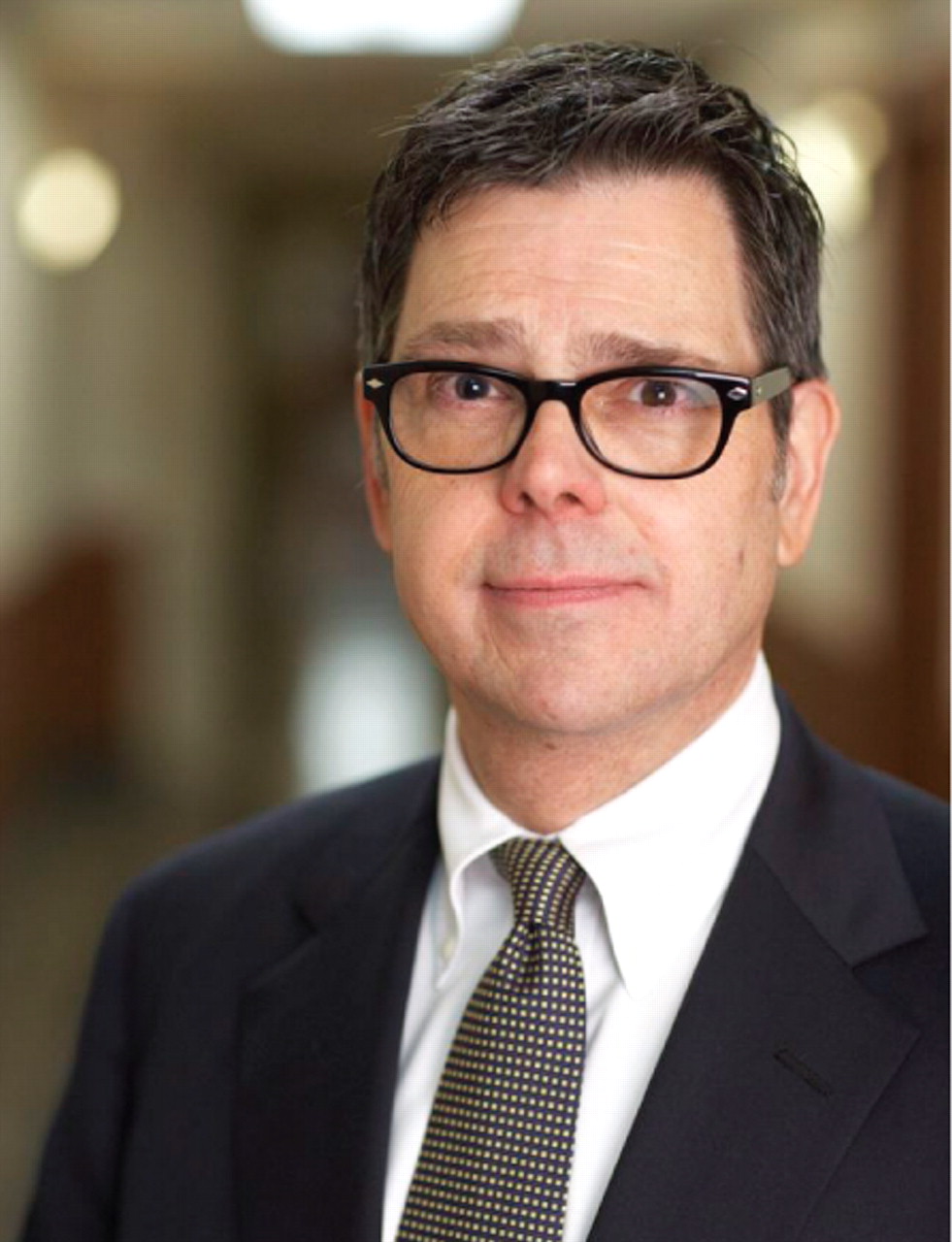What Caused My ‘Meltdown’ in Face of Disaster Drill?

Disaster drills and tabletop exercises (a “disaster drill in a box” at which staff discuss and plan responses while sitting at a conference table) have become part of the routine for physicians and others in the health care sector. Whether the goal is to keep our organization disaster-ready, receive government funding, or meet regulatory requirements, more and more of us are taking part in such faux calamities.
Recently, I had a meltdown during one such drill, and upon reflection (I am an analyst by training and a dynamically oriented administrator/clinician by practice), I learned some valuable lessons that I hope are useful to others faced with a similar situation.
Here's what happened. On an atypically calm day, at about 4 p.m. senior leadership at Kings County Hospital Center were called to an emergency meeting to discuss a “disaster event” planned for all New York City municipal hospitals that would unfold beginning at 7:30 the next morning. Suddenly, in front of the entire leadership of the hospital, I began to challenge the disaster-drill coordinator. I complained that my psychiatry department was already stressed due to the constant surveys required by regulators, adding that we recently had a disaster drill specific to behavioral health and only behavioral health. I demanded “a pass” on this one.
Not sure what to do, the coordinator looked over at the medical director for guidance, though it was obvious that the medical director didn't know what to do with me either. I walked out of the meeting and directly into our executive director's office. Seeing that I was agitated, he offered me a glass of water, which I refused. Restating my objections, he told me there was no choice; the entire hospital was participating in the drill as required.
That night I remained angry.
The next day the drill took place as planned. A citywide event involving all of the city's public hospitals began to unfold as my hospital's senior leadership filled the board room, huddled around large-screen televisions showing the other hospitals' war rooms as well as the spokesperson at the city's disaster-coordination headquarters. It was he who gave the updates and details of the evolving massive “disaster,” which in the course of the three-hour drill claimed more than 1,000 lives, exhausted the city's supply of body bags, and quarantined one of our largest hospitals and the city morgue.
The sources of the staged calamity were a couple of “dirty bombs” that were detonated at two New York subway stations. The scenario was so realistic, it prompted my hospital CEO to comment, “This seems so real!”
It was real. That was what I later realized as I reflected on my meltdown, which haunted me throughout the day of the drill. No longer angry, I fluctuated between feeling numb and feeling frightened—neither emotion very useful in a real disaster. I know this, you see, because I'm supposedly an expert in this area. So what happened?
As my behavioral health team members conducted their debriefing of the events and their responses to them, separate from my self-reflection, the emotional residue from prior disasters spilled forth. Some of my staff re-experienced events they lived through, including the Chernobyl nuclear disaster, Operation Desert Storm, and, as I became aware personally, the 9/11 attacks. In fact, for me, as the disaster drill unfolded, it seemed that each subsequent horrific detail in some way coincided with my actual role during 9/11. Specifically, the disaster drill's bombed subway stop, the quarantined hospital, the city morgue—these were the very places I traversed during the disaster response following 9/11.
In addition to the angry response I had on the prior day, during the disaster drill I found myself not thinking as clearly as I usually do and felt somewhat leaden and unsure of what to do. I also realized I was distancing myself from the events and isolating myself from people. It was during the night of the event, as I regained my normal composure, that I realized what I had in fact experienced. I was able through self-reflection to see that my response was a re-experiencing of the stress reactions that occurred during the real disaster of 9/11.
What I learned, and hope others will heed, is that these drill simulations are indeed real to many individuals who have been impacted by prior traumatic events. My advice is to, above all, do no harm. Disaster preparedness is essential in our current reality, whether to improve our chances of surviving disasters resulting from nature's fury or politically inspired madness.
What we need to do better as we prepare is to anticipate that as more of us are seriously affected by past trauma, including the very kinds of disasters we are preparing for, we need to identify such individuals and then provide whatever is needed to strengthen and support them so that they—and we—can do what is necessary in times of real need.
Two processes I would recommend are, first, to ask who has been involved in prior disaster responses and meet with them before the drill takes place to discuss the nature of the exercise and to explore any feelings stirred by the planned drill. Second, it is crucial for the disaster-drill coordinator or an experienced mental health professsional to meet with all staff involved in the drill after the exercise specifically to address their emotional reactions to the event. I believe these two simple steps will go a long way toward ensuring disaster preparedness without iatrogenically retraumatizing anyone. 



